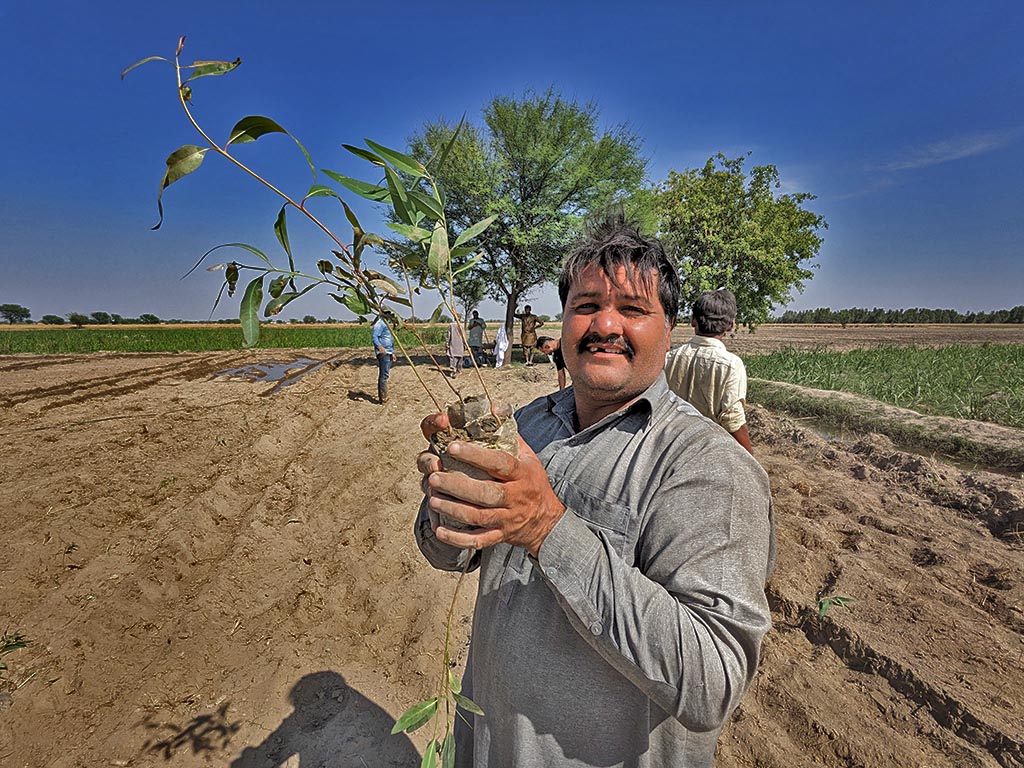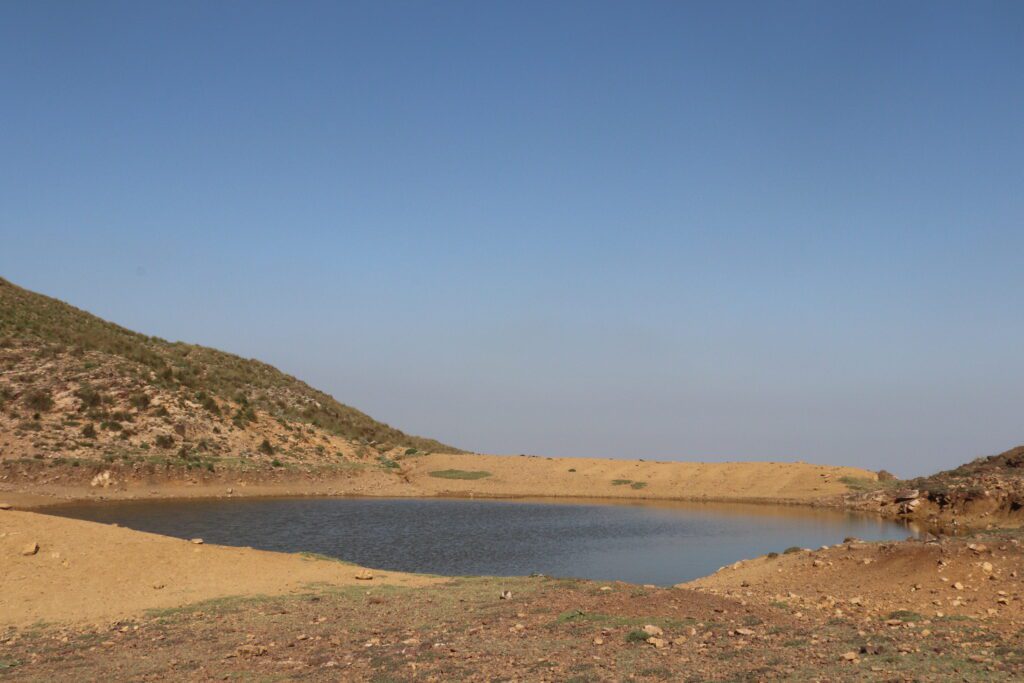Re-nesting Indus
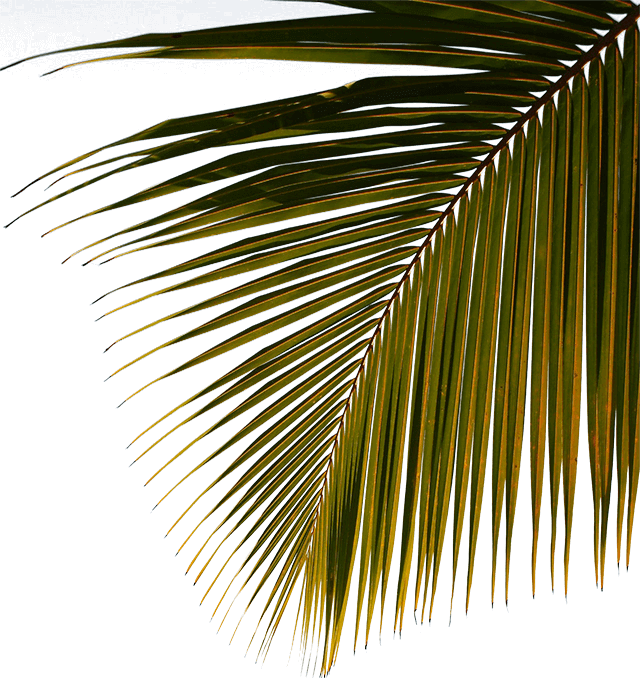
plight of mother indus
We need you to watch this short documentary first to visualize the context of this project.
Millions of years prior to the appearance of first group of homo sapiens in Indus valley, the migratory birds from Siberia known the floodplains of Indus river as their winter home. Only in 3 decades from 1980’s to 2010’s, we have eradicated almost all the natural habitats of these guest birds by razing the native riparian forests for conventional agricultural activities.
The Re-nesting Indus is a Rewilding Campaign dedicated to restoring the native forests of the Indus River’s floodplains. This vital project seeks to reforest these crucial habitats for migratory birds from Siberia. Those protected areas will be environmentally resilient ecosystem that will serve wildlife sanctuaries for endangered regional biodiversity too.
Motives of the Re-nesting Indus Campaign
The urgency to tackle habitat loss and environmental degradation is ever-increasing. The floodplains of the Indus River, a historically rich habitat for migratory birds from Siberia, have seen devastating deforestation and disruption in past 4 decades. The Re-nesting Indus Campaign is our proactive response to this Ecological crisis.
The Re-nesting Indus Campaign promises an array of far-reaching benefits, each contributing to a future that is more biodiverse, balanced, and self regenerating.
Habitat Restoration
We aim to restore these floodplains to their original ecological grandeur by planting native tree species. These revitalized habitats will provide essential breeding, nesting, and feeding grounds for migratory birds, securing their lifecycle and survival.
Biodiversity Enhancement
The reforestation of floodplains will increase biodiversity, offering homes for varied flora and fauna. A diverse ecosystem is a resilient one, equipped to withstand environmental stress and contribute to global biodiversity goals.
Water Management
Healthy floodplains are efficient at regulating water flow, minimizing the impact of downstream flooding. Restored floodplains are better equipped to perform this vital function, safeguarding downstream communities and lands.
Retreats & Eco-Tourism
The protected restoration of these habitats and the return of migratory birds will inevitably draw the retreat seekers, nature enthusiasts and bird watchers. Our spaces can be first hubs of eco-tourism along mighty Indus river. Eco-tourism will raise awareness about the plights of Indus river and her eternal visiting children, the migratory birds.
Afforestation
Dense forests will emerge as we start Re-nesting Indus. A sheer increase in Forest cover along Indus River will enhance air quality of neighboring humans habitats too providing city dwellers a refreshing connection with nature.
Watch the video to learn more
The winter gypsies of Indus
These birds undertake remarkable journeys, covering thousands of kilometers to find suitable habitats along the Indus River and its surrounding wetlands during the winter.
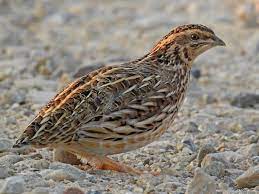
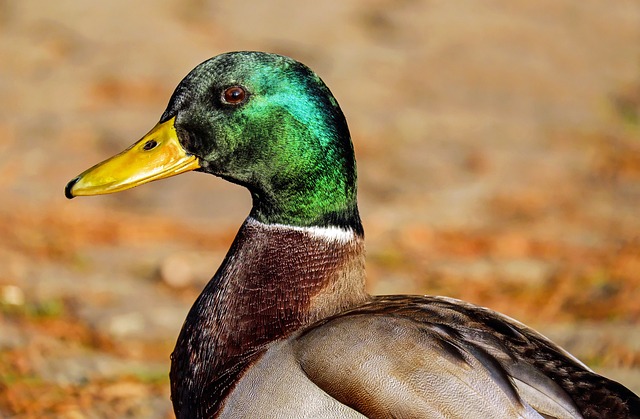

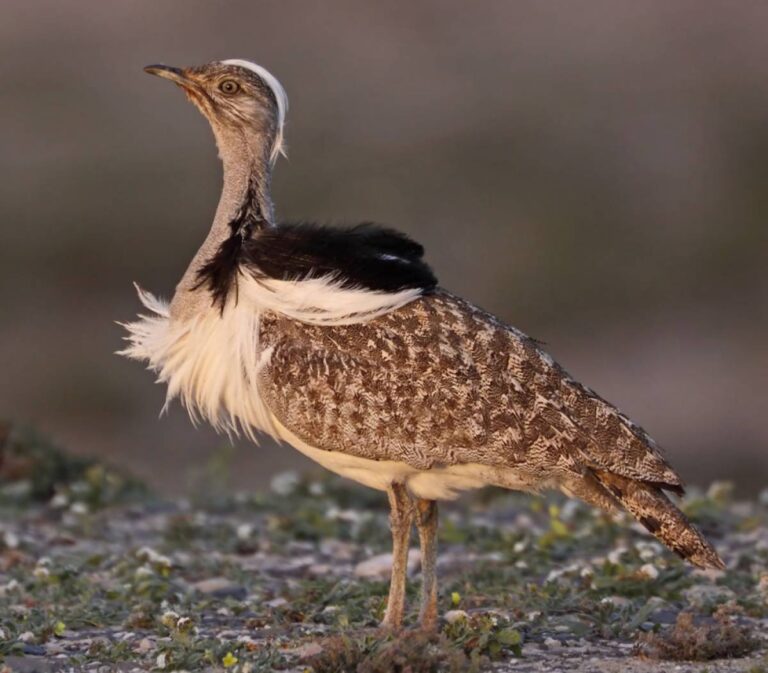


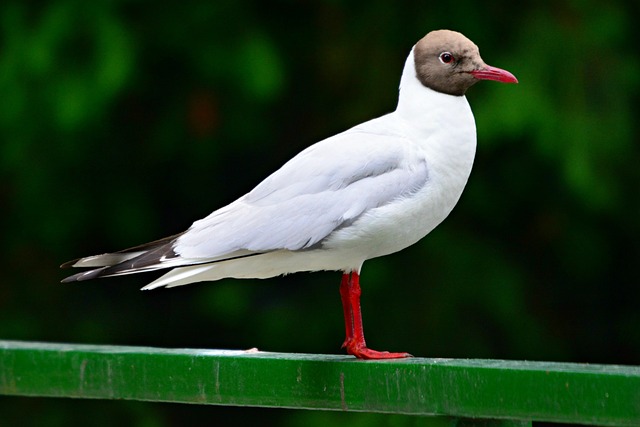

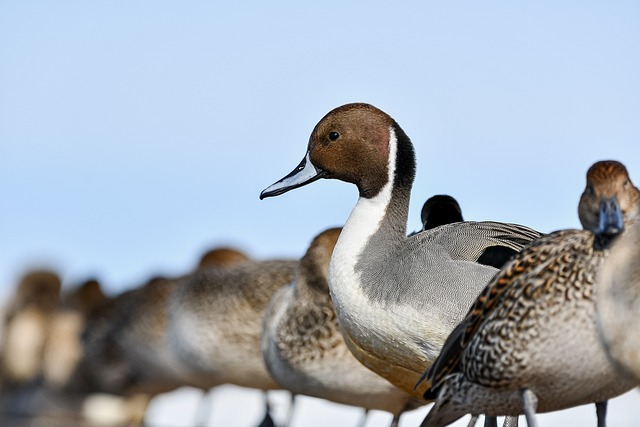
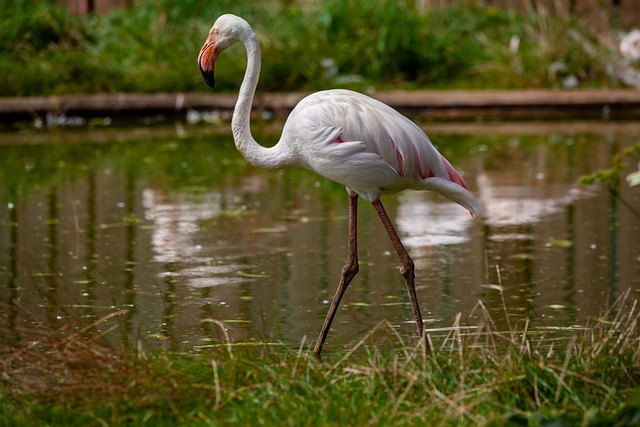
Our Strategy
How we ReNest our Water bodies
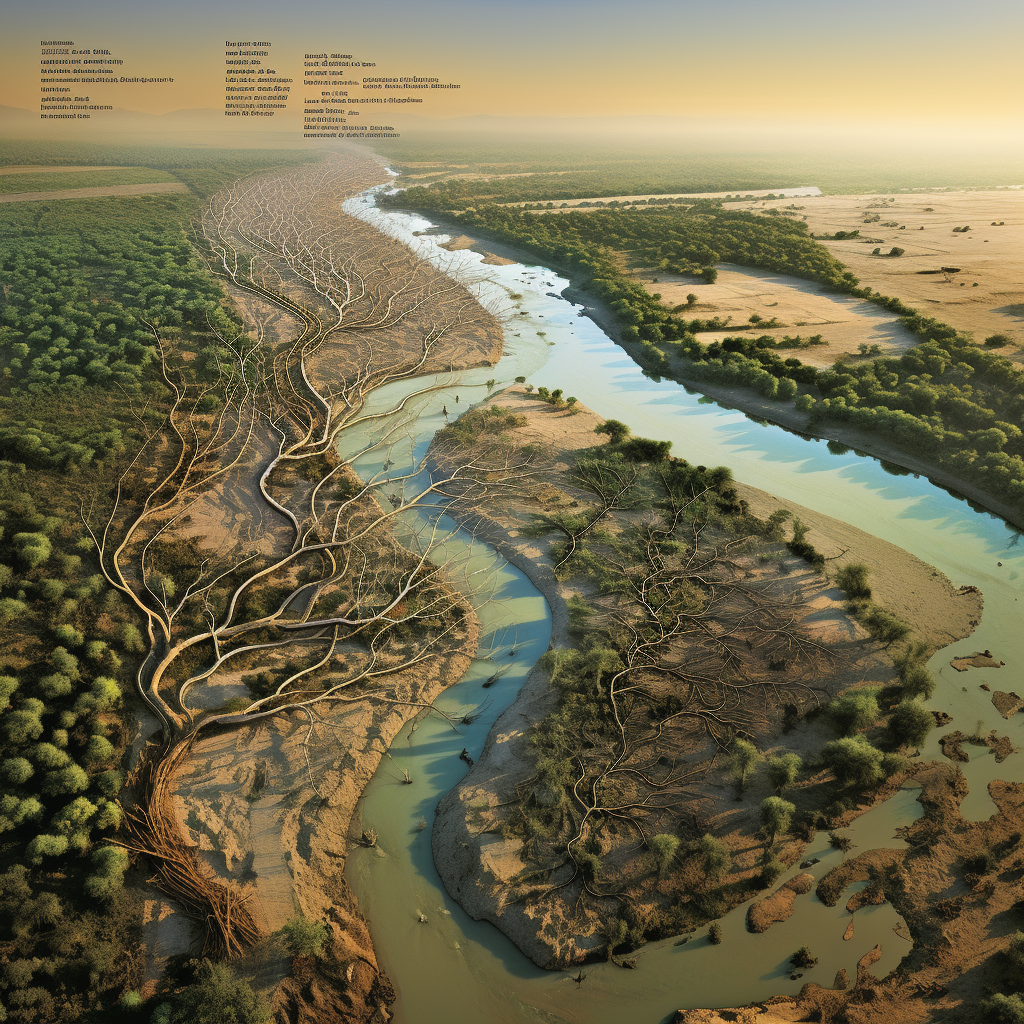
Along Main Indus River
Restoring Riparian Forests
Siverra lectus mauris ultrices eros in. Eget egestas purus viverra accumsan in nisl nulla nisi scelerisque euvestibulum sed.
Along the tributaries
Re'craters in highlands
Siverra lectus mauris ultrices eros in. Eget egestas purus viverra accumsan in nisl nulla nisi scelerisque euvestibulum sed.
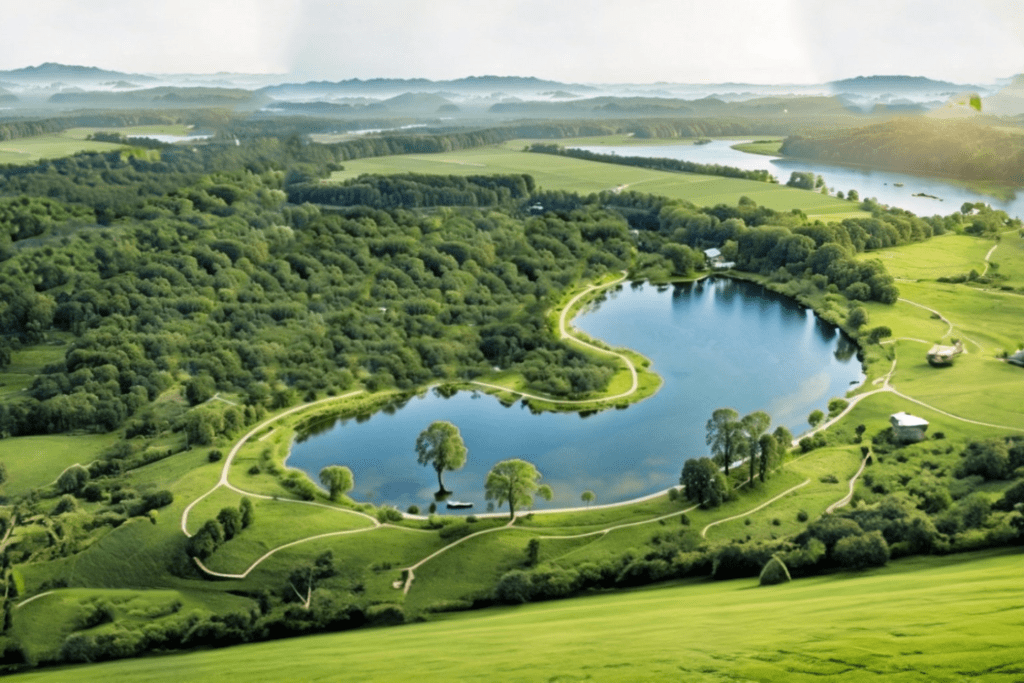
The path ahead is challenging, but our determination is unwavering. Re-nesting Indus Campaign is more than just about planting trees. It embodies our commitment to healing our planet’s ecosystems, preserving species and cultivating a balanced and regenerative future for all of Us.
